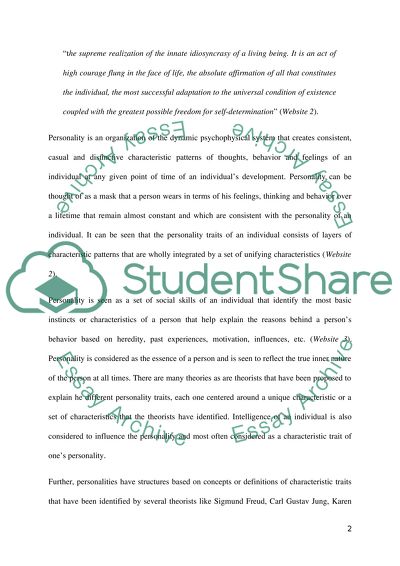Cite this document
(“Personality Theory Research Paper Example | Topics and Well Written Essays - 2250 words”, n.d.)
Retrieved de https://studentshare.org/psychology/1392765-personality-theory
Retrieved de https://studentshare.org/psychology/1392765-personality-theory
(Personality Theory Research Paper Example | Topics and Well Written Essays - 2250 Words)
https://studentshare.org/psychology/1392765-personality-theory.
https://studentshare.org/psychology/1392765-personality-theory.
“Personality Theory Research Paper Example | Topics and Well Written Essays - 2250 Words”, n.d. https://studentshare.org/psychology/1392765-personality-theory.


